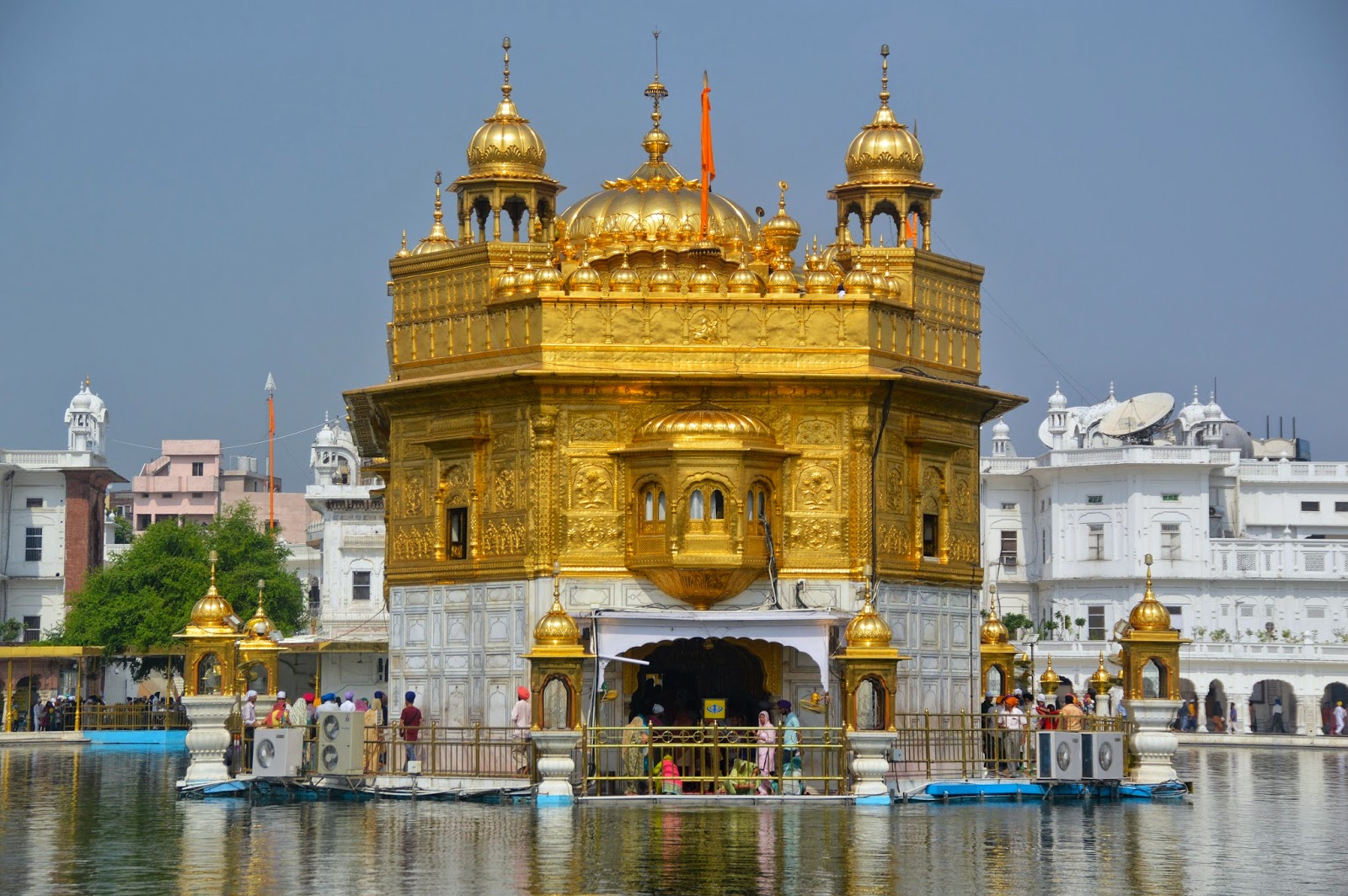Exploring Suvarna Mandir: A Jewel Of Spirituality And Culture
Suvarna Mandir, a name that resonates with reverence and beauty, stands as a testament to the rich cultural heritage of India. Located in the heart of the country, this temple not only serves as a place of worship but also as a beacon of art and architecture that attracts thousands of visitors each year. With its intricate designs and profound spiritual significance, Suvarna Mandir is more than just a temple; it is a symbol of devotion and artistic brilliance.
This article delves into the various aspects of Suvarna Mandir, highlighting its historical background, architectural marvels, and the spiritual experiences it offers. We will also explore the significance of the temple in contemporary society and its role in promoting cultural tourism. Whether you are a spiritual seeker or a lover of art and history, Suvarna Mandir promises an enriching experience that resonates with every visitor.
As we embark on this journey to understand the essence of Suvarna Mandir, we invite you to discover the stories, beliefs, and artistic expressions that make this temple a unique destination. Join us as we unravel the layers of history and spirituality that envelop this magnificent structure.
Table of Contents
- 1. Historical Background of Suvarna Mandir
- 2. Architectural Features
- 3. Spiritual Significance of Suvarna Mandir
- 4. Cultural Importance in Contemporary Society
- 5. Visitor Experience and Tips
- 6. Biography of the Temple's Patron
- 7. Conclusion
- 8. Resources for Further Reading
1. Historical Background of Suvarna Mandir
Suvarna Mandir, believed to have been constructed in the late 18th century, has a rich history that intertwines with the cultural and spiritual evolution of the region. Originally built as a place of worship for the local population, it has since gained prominence as a major pilgrimage site.
The temple was commissioned by a revered local leader who sought to create a space that would foster community and devotion. Historical records indicate that the temple was not only a center for spiritual gatherings but also a hub for cultural events, music, and dance, illustrating the temple's role in the social fabric of the area.
Key Historical Events
- Establishment in the late 18th century
- Major renovations in the early 20th century
- Recognition as a heritage site by the local government
2. Architectural Features
The architectural style of Suvarna Mandir is a beautiful amalgamation of traditional Indian designs, showcasing intricate carvings and elaborate motifs. The temple features a magnificent entrance adorned with sculptures that depict various deities and mythological scenes.
Materials and Techniques Used
The construction of Suvarna Mandir primarily utilized locally sourced materials, including sandstone and marble, which lend the temple its distinctive look. The craftsmanship displayed in the temple's carvings is a testament to the skilled artisans of the time.
Unique Design Elements
- The towering shikhara (spire) that dominates the skyline
- Intricate frescoes depicting religious stories
- Beautifully landscaped gardens surrounding the temple
3. Spiritual Significance of Suvarna Mandir
For devotees, Suvarna Mandir is a sacred space that fosters spiritual connection and reflection. The temple is dedicated to a specific deity, and worship practices include daily rituals, festivals, and special ceremonies that attract thousands of devotees.
Spiritual leaders and priests conduct various religious activities, including prayers, chanting, and offerings, which enhance the temple's spiritual ambiance. The temple's architecture and serene surroundings further contribute to an atmosphere conducive to meditation and introspection.
4. Cultural Importance in Contemporary Society
In recent years, Suvarna Mandir has emerged as a significant cultural hub, promoting local traditions and art forms. The temple hosts various cultural events, including music festivals, dance performances, and art exhibitions, which celebrate the region's rich heritage.
Additionally, Suvarna Mandir plays a crucial role in promoting tourism, drawing visitors from around the world who seek to experience its spiritual and cultural offerings.
5. Visitor Experience and Tips
Visiting Suvarna Mandir is an enriching experience that offers insights into Indian spirituality and culture. Here are some tips for first-time visitors:
- Dress modestly and respectfully, adhering to temple etiquette.
- Plan your visit during major festivals to witness grand celebrations.
- Engage with local guides to gain deeper insights into the temple's history and significance.
6. Biography of the Temple's Patron
The temple was established under the patronage of Maharaja Vikram Singh, a notable figure in the local history. His contributions to the arts, culture, and spirituality have left an indelible mark on the region.
| Name | Title | Reign | Contributions |
|---|---|---|---|
| Maharaja Vikram Singh | Ruler | 1750 - 1800 | Established Suvarna Mandir, promoted arts and culture |
7. Conclusion
In conclusion, Suvarna Mandir stands as a remarkable symbol of spirituality, culture, and artistic expression. Its historical significance, architectural beauty, and vibrant community engagement make it a must-visit destination for anyone interested in exploring India’s rich heritage. We encourage readers to share their experiences or thoughts in the comments below, and to explore more articles about India’s cultural gems.
8. Resources for Further Reading
For those interested in learning more about Suvarna Mandir and its significance, here are some recommended resources:
Thank you for joining us on this exploration of Suvarna Mandir. We hope to see you back for more enlightening articles that celebrate the beauty and diversity of our world.
Courtney Act: The Multifaceted Star Of Drag And Entertainment
Ray Winstone: A Deep Dive Into The Life And Career Of A British Acting Legend
OneBigKiss: Exploring The Impact Of Social Media On Relationships


